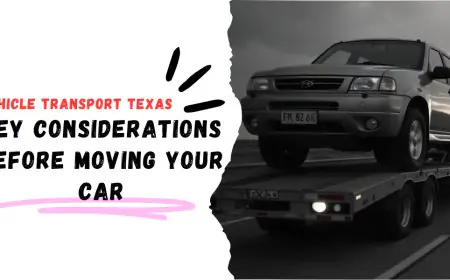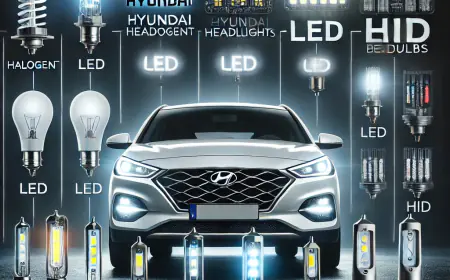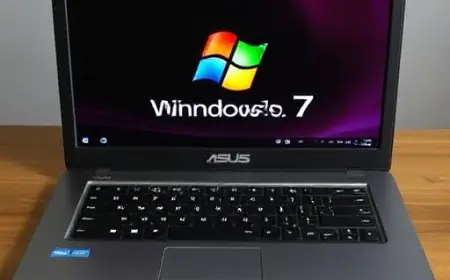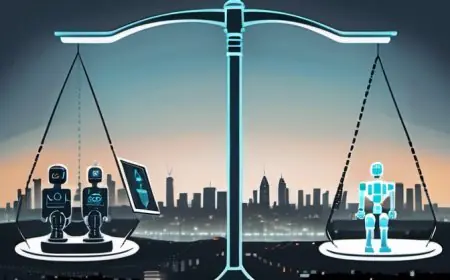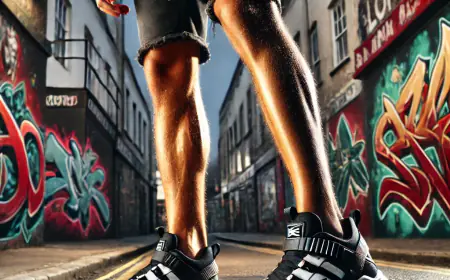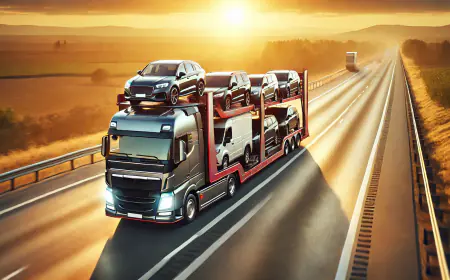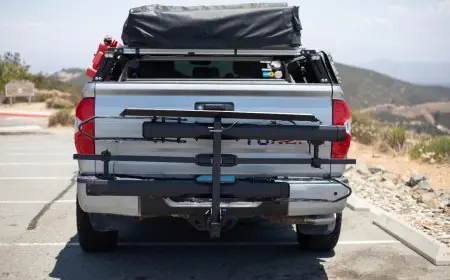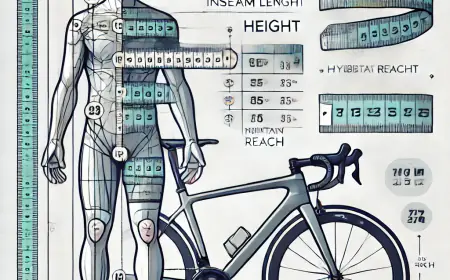Winter E-Bikes: Why More Riders Are Choosing to Ride in the Cold
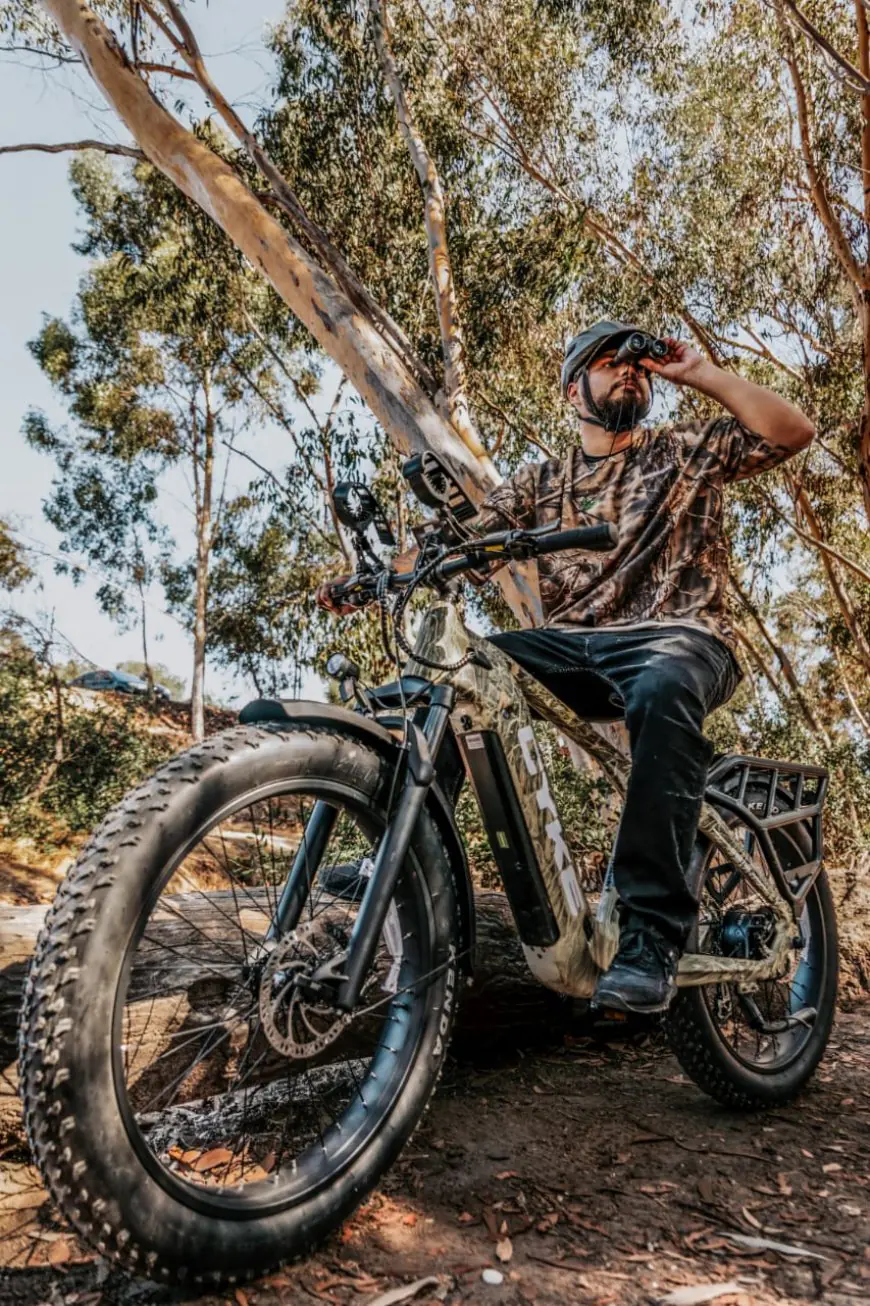
Introduction
Rising demand for electric bikes that operate in cold temperatures drives more riders toward these vehicles for commuting and exploration purposes alongside winter activities. This guide contains all the necessary information about winter e-bike worthiness for readers who are making decisions.
The market popularity of winter e-bikes continues to increase
Understand winter e-bike users' greatest difficulties and discover proven solutions.
Future trends in the winter e-bike market
A method to determine whether winter e-bikes fit your needs
Let’s dive in!
The increasing demand for winter e-bikes.
indicates why customers make this switch.
1.Year-round commuting Is on the Rise
The biking season has expanded beyond summer weather limits. The heightened demand for round-the-year transportation alternatives leads people to choose winter-ready e-bikes as the solution.
Using winter e-bikes delivers three savings benefits: eliminating gas expenses, eliminating parking fees, and eliminating public transport payments and fares.
Winter commuters can avoid stopped traffic because they do not wait in congested vehicles.
Electric bike travel produces less environmental impact than other transportation methods because it provides greener commuting options.
Active movement remains possible when you cycle through cold winter months.
The combination of fat tires with strong motor power integrated with weather-proof components on winter e-bikes makes it simple to bike during cold seasons.
2. Improved Battery Performance for Cold Weather
Battery efficiency has proven to be a major issue when electric biking during winter seasons. Recent innovations solve the problem of battery depletion that occurs during low temperatures.
Modern thermal management solutions protect electric bike systems from power depletion due to freezing temperatures.
Fast-charging lithium-ion batteries – Less downtime, more riding
Insulated battery covers protect both battery temperature and performance rates.
Storage of your e-bike battery needs an indoor location because protecting it prevents capacity reduction.
3. E-Bikes with fatlp users gain excellent traction when riding on snowy or icy surface.
Traditional bicycles become difficult to manage when riders attempt them during snowy conditions. Slippery, unstable, and downright dangerous. The preference for fat-tire electric bicycles rises among winter cyclists since such models enhance their safety in icy conditions.
Wider tires = More stability
Deep treads = Better traction on snow, slush, and ice
All-terrain capability = Ride on roads, trails, or even packed snow
winter e-bike off-road biking requires fat-tire e-bikes since they provide necessary traction when dealing with snow.
4. Public incentives are lowering the price of electric bicycles across the market.
Government programs in numerous cities and many countries now provide financial support to boost the adoption of e-bikes. Some benefits include:
People who buy e-bikes can obtain tax incentives from the government.
Subsidised programs for sustainable commuting
The government supports expansion of biking infrastructure through investments in heated cycling facilities.
Before purchasing a winter-ready e-bike verify whether your city offers financial downtown programs that lower purchase expenses.
Challenges of Riding an E-Bike in Winter (And How to Solve Them)
Despite many advantages, e-biking during winter presents certain difficulties for riders. Here’s how to tackle them.
1. Battery Life Struggles in Cold Weather
The operating range of electric batteries decreases when the environment gets cold, making their performance suffer.
Solution:
Keep your battery inside a dry indoor area whenever it remains unused.
Improve battery performance by placing it in an insulating cover.
Heat the battery to maximum power inside before you leave for your ride.
1.Combining snow ice with salt and slush poses wear risks for your bike components.
The combination of ice and road salt leads to part deterioration with time.
Solution:
You must thoroughly clean your bicycle each time you finish riding to eliminate salt and other debris from entering the structure.
Regular lubricating of the chain helps stop rust formation.
Purchase an e-bike that has built-in waterproof feature.
3. The price for winter-specific e-bikes is higher than conventional electric bicycles
The costs of e-bike models created for wintertime usage typically remain at higher price points.
Solution:
Seek out economical e-bikes with large tires as an economical option
Outdoor equipment leasing or financing should be considered as an alternative.
Take advantage of government incentives
The Future of the Winter E-Bike Market
The winter e-bike market continues to accelerate manufacturers to introduce new, exciting innovations.
1. Smarter E-Bike Technology
GPS tracking for real-time navigation
An integrated mobile application lets users check their battery status and weather forecasts through the interface.
The power settings automatically change motor strength to match the terrain conditions.
2. More Eco-Friendly and Sustainable Designs
The production of winter e-bikes now uses recycled aluminum yet durable frames.
Biodegradable lubricants – Less environmental impact
Sustainable battery production – Reducing waste in e-bike manufacturing
3. More Affordable Winter E-Bike Options
The expansion of the market makes basic winter e-bikes easier for customers to buy. Expect:
Budget-friendly fat-tire e-bikes
Subscription-based leasing options
Low-cost models that offer a set of vital winter functionality
Knowing Whether to Purchase a Winter E-Bike Is Important for You
Is a winter e-bike worth it? Purchasing a winter e-bike brings three major benefits: non-stop cycling opportunities, money savings, and environmental protection.
Pros:
Users can ride these bikes in any season throughout the year
Winter cyclists should stay physically active and choose to drive during traffic conditions.
Improved battery life and traction for snow riding
Public financing encourages such bikes to be within an attainable price rang
Cons:
Although batteries remain operational, the way cold temperatures affect their capacity stays unchanged
An additional maintenance schedule is necessary for bikes operating in winter conditions.
Standard e-bikes have a lower initial price than their winter-resistant variations.
The development of technology, together with decreasing costs, proves winter e-bikes represent an intelligent purchase for individuals who ride.
What's Your Reaction?









